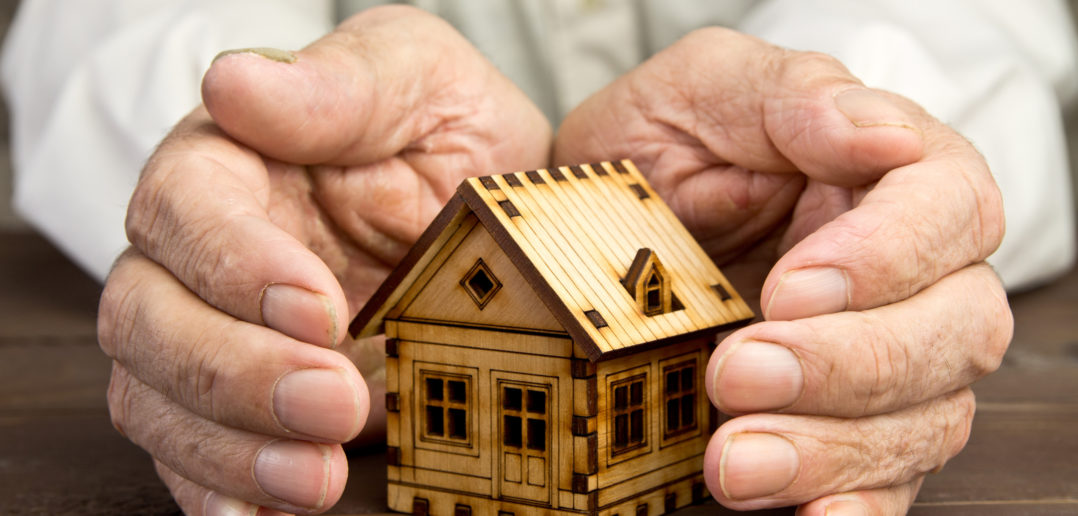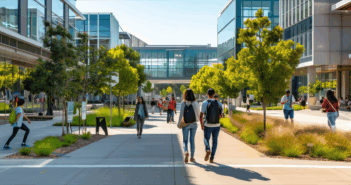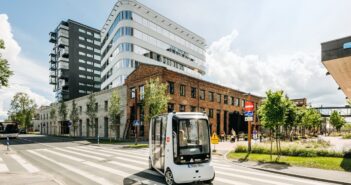Not so long ago, alternative real estate was a niche play, consigned to small investors, a select band of fund managers and highly specialised operators. How times have changed, and as MIPIM demonstrated, the likes of healthcare, senior living, student housing, self-storage and data centres are now firmly on the institutional radar.
Such sectors have a long way to go, still, to attract the capital routinely deployed in mainstream real estate. But they are growing fast, primarily in response to long-term demographic trends, major advances in technology and the growing importance of property-as-a service rather than simply a passive bricks-and-mortar commodity.
The idea of real estate investors taking on the operational risk inherent in many alternative sectors – once a hurdle too high for many – no longer seems quite so daunting. If anything, alternative real estate is coming into its own during this late-cycle period in many mature property markets where institutional investors are searching for secure and long-term income rather than growth in capital values.
In its annual EMEA Investor Intentions Survey, released during MIPIM, CBRE noted that 33% of investors intend to deploy more capital in 2018 than last year, with 70% of investors actively pursuing alternative assets.
According to CBRE, investment volumes in the alternatives sectors have risen 45% in the last 10 years, topping €23.6bn in 2017. CBRE reported that the assets drawing strongest investor interest are student housing and retirement living. But it was perhaps the latter – to be precise, the impact of the ageing population – that perhaps resonated the strongest during this particular MIPIM.
Industry leaders from Japan highlighted the fact that their country has the largest population of over-65s in the world. Public and private sector are now coming together to address the challenges this presents, providing the appropriate infrastructure, real estate and care – although it is not necessarily an easy task.
“It is true that when we think about a healthy senior population, Japan has some of the healthiest citizens in the world,” said Kanji Matsushita, general manager of Takenaka Corporation, one of Japan’s biggest general contractors, which also develops senior care facilities and medical buildings.
“But as this segment of the population grows, the challenges evolve. As a society, we are trying to create a healthier environment in general. Developers, the hospitality trade and the medical industry are working together to create buildings which promote wellbeing, via healthier environments, as well as encouraging people to exercise more.”
These are issues that matter around the world. When he chaired a MIPIM conference session, Joe Nahas, global chair of the Counselors of Real Estate, told delegates that the ageing population in developed economies is opening up new opportunities in real estate: “The numbers are compelling, an ageing society affects planning, design and investment in real estate.”
Nahas pointed out that as the baby boomers become seniors they are finding city centre locations more attractive than the suburbs. “And they’re choosing to be renters rather than owners. They want the freedom to travel, to visit family.”
He continued: “The urban environment gives younger seniors access to entertainment and as they get older it’s access to healthcare that matters.”
Nahas concluded that there would be more demand for mixed projects “with a range of product types that people can move through as their needs change”.
It is no wonder, therefore, that alternative asset classes are shifting inexorably into the mainstream.
Written by Doug Morrison at MIPIM News.
Top photo © Stas_V/GettyImages



